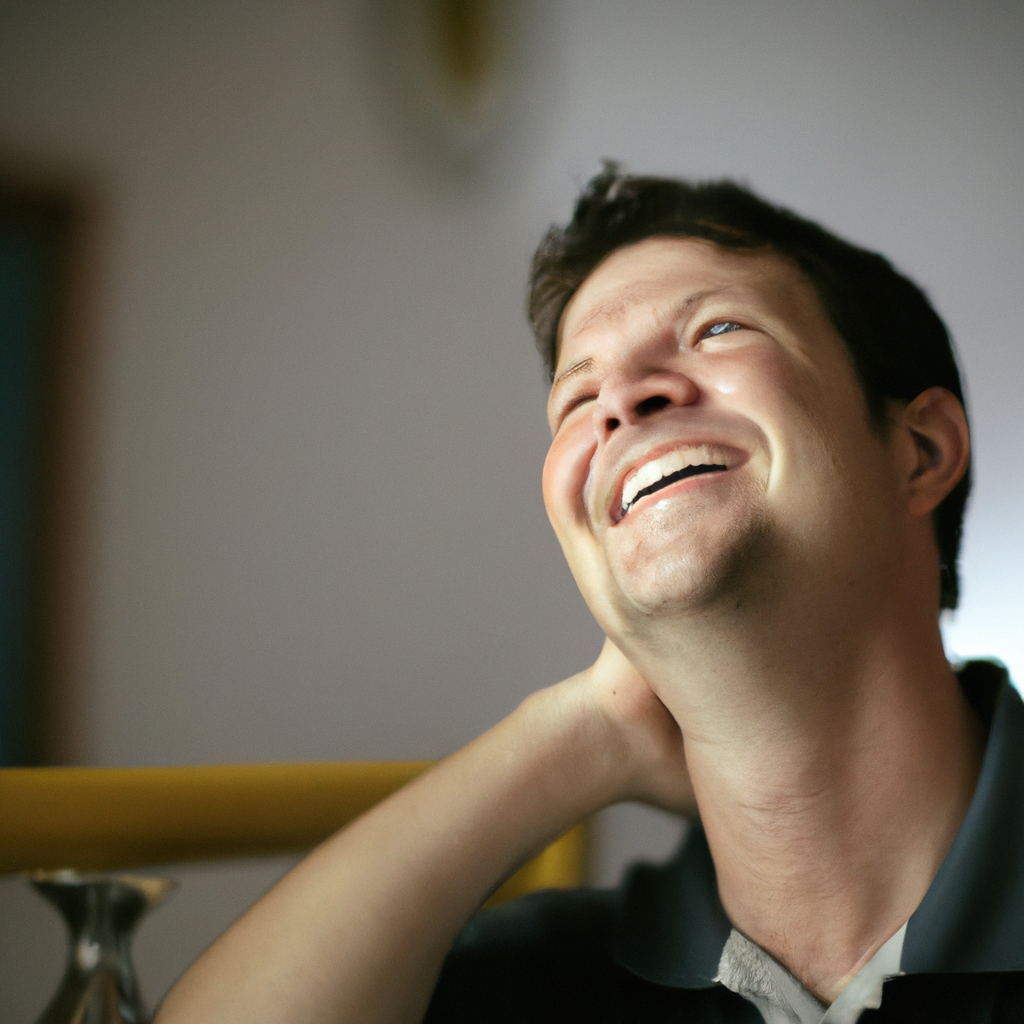
Get Moving Again! Tips For Reducing Neck Pain With Exercises
Introduction
Neck pain is a common complaint that can range from a mild ache to a more severe and debilitating condition. It can be caused by muscle strain, poor posture, injuries, or medical conditions such as arthritis. Fortunately, there are exercises that can help relieve neck pain and get you moving again. These exercises include stretching to improve mobility and flexibility in the neck muscles; strengthening exercises to build strength in the affected area; and restorative postures to promote relaxation of tension held in the neck muscles. By incorporating these types of exercises into your routine you should start feeling relief from your neck pain soon.
Stretching Exercises
Stretching exercises are an essential part of a neck pain relief routine. Forward and backward neck stretches help to increase the range of motion in the cervical spine, while shoulder rolls can reduce the tension that has built up in the shoulders and upper back. Chin tucks also work to improve posture, as they promote pulling your head back into alignment with your shoulders. To perform a chin tuck, simply sit or stand tall and draw your chin down towards your chest until you feel a gentle stretch at the base of your skull. Hold this position for several seconds before returning to starting position.
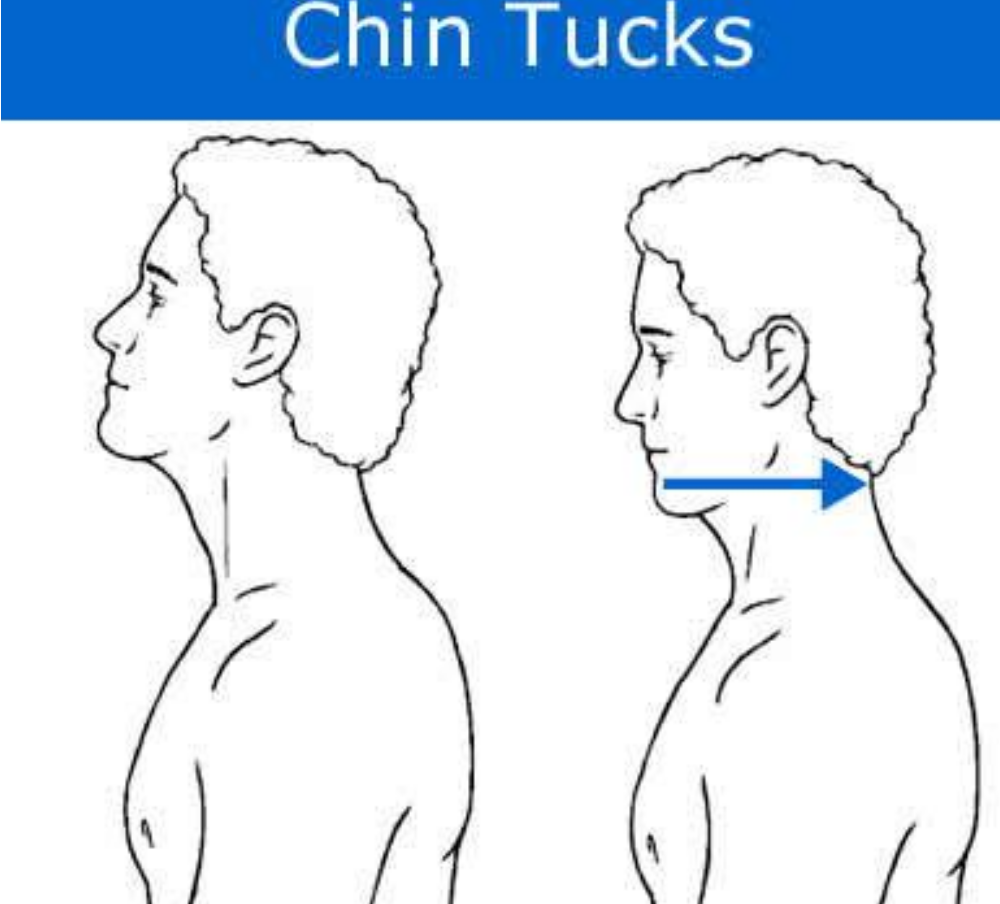
Strengthening exercises are another key component of relieving neck pain. Isometric exercises can be performed by pressing against something stationary such as a wall or door jam while pushing gradually harder with the hand on one side of the head, creating resistance from both sides; alternatively, you can use two fingers placed at either side of your forehead for resistance against each other instead. The goal is to hold this contraction for 10-15 seconds without straining too much or causing any discomforting sensations in the neck area.
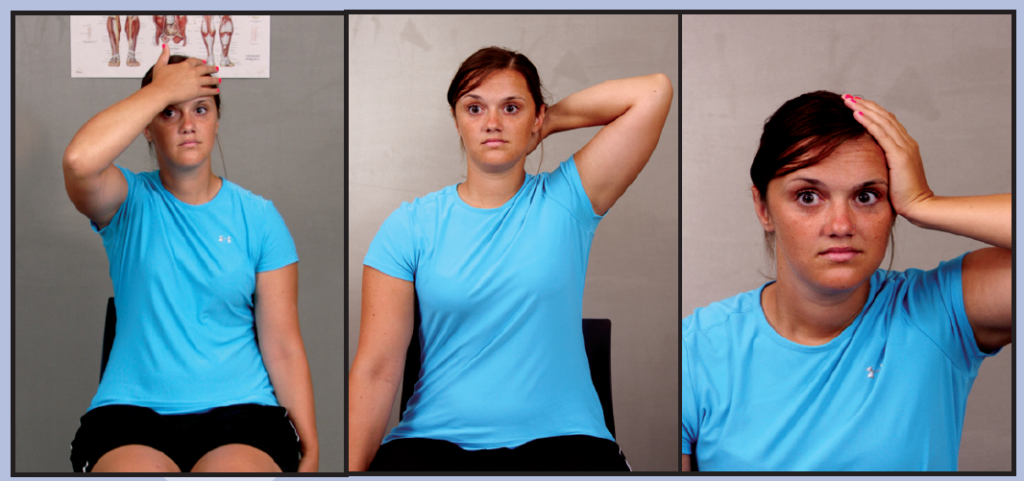
Restorative postures not only provide relaxation but also help release tight muscles along the entire length of the body, including those around our necks and heads which often become tense when we’re struggling with pain in these areas due to stress or poor posture habits over time. Restorative postures include the supported child’s pose where you kneel down onto all fours and then slowly lower yourself forwards so that your head rests gently between arms stretched out ahead; forward folds where you sit on the floor cross-legged before folding your torso forward until your face touches legs; reclined twists done lying on back whilst bringing one knee across body followed by the opposite elbow (other leg remaining straight); supported bridge poses using yoga blocks under hips for added comfort level if needed during practice session etc.
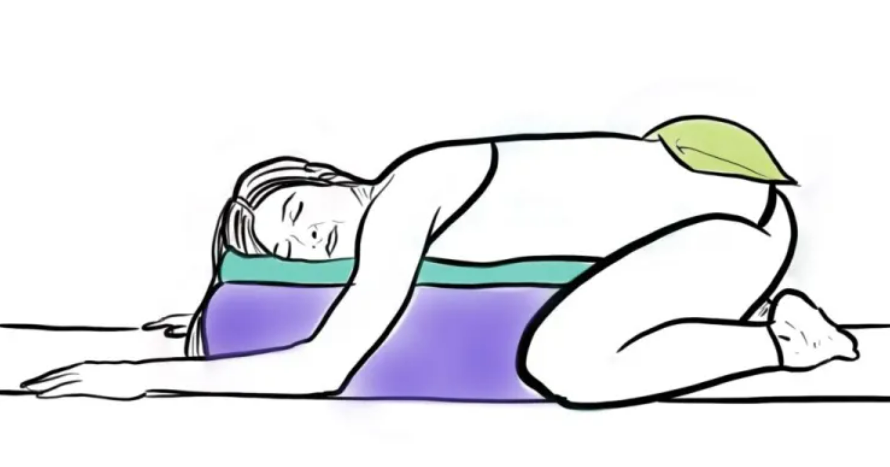
Strengthening Exercises
The shoulder blade squeeze exercise is a great way to strengthen the upper back and neck muscles. To do this, stand or sit up straight with your arms at your sides. Now, draw your shoulder blades together as if you were pinching something between them and hold that position for five seconds before releasing. You can repeat this several times throughout the day to help build strength in these important muscles.
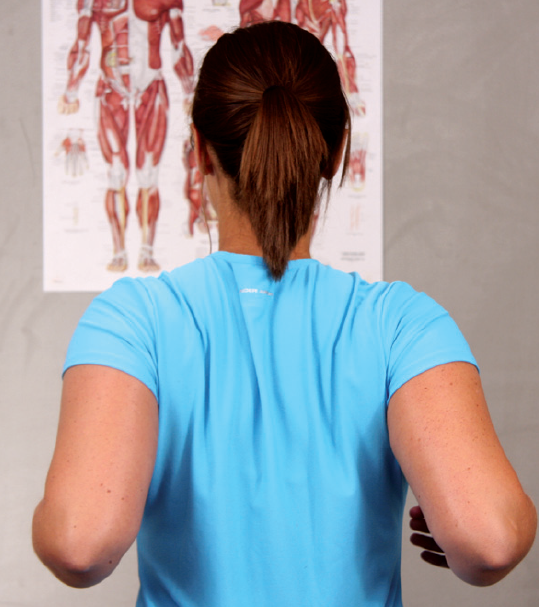
Pillow push-ups are another effective strengthening exercise for the neck area. Begin by lying on your back with a pillow placed beneath each arm in line with where the shoulders meet the chest wall (avoid using very thick pillows). Next, use both hands to gently lift yourself off of the bed into an upright position, keeping both elbows bent slightly at 90 degrees as you press down on either side of the pillows against gravity’s pull downwardly; finally lower self slowly back down again until flat upon bed once more – then repeat movement sequence 8-10 times consecutively depending on individual fitness/strength level etcetera…
Finally, Superman exercises are a variation of traditional planks which target not only our core but also stabilizing muscles around the shoulders/neck region too – simply lay stomach facing the floor directly below hips & legs extending out behind head (simulating ‘flying’ pose) before simultaneously raising torso & opposite arm/leg off the ground whilst maintaining straight alignment through the spine – aiming to stay in this position 10-15 seconds per repetition & repeating 3-4x altogether over duration session so as best benefit from them accordingly.
Restorative Exercises
Restorative exercises are a great way to both reduce neck pain and increase mobility. One such exercise is chin retraction, which can be performed by sitting or standing tall and then gently drawing your chin back towards your chest until you feel a gentle stretch in the base of your skull. Hold this position for several seconds before returning to starting position. This helps promote proper posture while also reducing tension held in the neck muscles.
Wall angles are another type of restorative exercise that can be done with just an empty wall space as equipment. To begin, stand with your back against the wall, feet hip-width apart and arms raised up alongside your head so that elbows touch either side of your ears – simply press palms firmly into the wall surface (as if pushing away from it) whilst simultaneously sliding arms straight upwards until outstretched in the line above the head before returning them again down beside ears & repeating movement 10-15 times consecutively through duration session.. This helps build strength throughout the shoulder girdle area while improving flexibility too – important for ensuring good posture & preventing further injury from occurring later on down the road!
The last exercise included here is called omoplata, which requires some additional pieces of equipment like yoga blocks or light weights but still allows for similar benefits when compared to other restorative postures outlined previously: Start off lying face down onto floor/matting with legs bent 90° angle at hips; place one hand behind lower spine whilst using other arm reach over the shoulder so elbow rests upon the ground beneath upper body – take hold weight/block between hands (or substitute item if needed) & slowly lift torso off matting by pressing downwards against prop whilst pulling opposite arm across chest towards another side; return once flatter onto floor afterwards & repeat 8-10x depending on individual fitness level etcetera.
When to Talk to Your Doctor
If you are still experiencing neck pain after trying the recommended exercises and restorative postures, or if your symptoms worsen despite treatment, it may be time to talk to your doctor. Signs of a more serious issue include persistent numbness or tingling in the arms or hands, weakness in one side of the body, difficulty walking, balance issues, loss of bladder control and changes in vision. These can all be signs that something more serious is going on and should not be ignored.
In addition to these signs of a possible underlying medical condition causing neck pain, other times when professional medical treatment should be considered include instances where home remedies have failed to provide relief from discomfort; if there is sudden severe pain that does not subside within 24 hours; if there is swelling around the affected area; or any trauma caused by an accident/injury which could potentially require physical therapy etcetera..
It is also important for those who experience chronic neck pain to speak with their healthcare provider about potential lifestyle modifications that can help reduce stressors on this delicate area such as avoiding overly strenuous activities like lifting heavy objects without proper support (e.g., using back braces) – even simple things like avoiding cradling phone between shoulder & ear while talking can make difference too! Additionally, they might suggest incorporating certain ergonomic practices into a daily routine – including making sure the chair at the desk provides adequate lumbar support (or investing standing desk instead), altering position monitor so eyes are level with the top portion screen & adjusting the height of keyboard so wrists remain straight whilst typing away etcetera.
Conclusion
Exercising with neck pain can be a tricky thing to navigate, but there are many benefits to doing so. Not only will it help reduce the pain itself, but regular physical activity has been proven to improve overall well-being and mental health – which in turn can provide further relief from the discomfort associated with this condition. Additionally, engaging in targeted exercises for strengthening muscles surrounding the neck area (e.g., shoulder blade squeeze exercise; pillow push-ups; Superman exercises etcetera) can help promote better posture & provide support during everyday activities too!
When deciding upon which type of exercises would best suit individual needs regarding relieving/managing any issues related specifically towards neck region however – it is recommended that one consults a healthcare provider beforehand as they will be able to offer personalized advice based upon medical history/current situation etcetera…
It is also important not to overdo things when exercising with neck pain as this could potentially worsen symptoms rather than improve them – hence why restorative postures like chin retractions & wall angels may be a preferable option due to their gentle nature coupled alongside extra breathing techniques employed throughout duration practice session such as omoplata etcetera..
Henceforth by taking into account all these considerations prior to commencing a workout routine and then following through on the same afterwards (i.e., listening body’s cues & stopping if feels worse after completing a particular set of reps), individuals should find themselves well equipped handle any challenges thrown their way whilst also reaping rewards such improved mobility/strength levels along the way too!
Contact Us at hello@neuro.org.in for a free ebook on exercises in neck pain.

